Signals Squares

Aviation Signals Quiz
Test your knowledge of aviation signals with this engaging and informative quiz! Designed for aviation enthusiasts, students, and professionals, this quiz will challenge your understanding of crucial signals used in aviation communications.
Key Features:
- 12 multiple-choice questions
- Instant feedback on questions
- Enhance your aviation knowledge

Take-off and landing in the direction of the shaft of the T
Direction of take-off and landing are not necessarily the same
Gliding in progress
All ground movement of aeroplanes and gliders is confined to paved or hard surfaces
Take-off and landing by aeroplanes and gliders must take place on the runway, but ground movement is not confined to paved or hard surfaces
Helicopters may only land or take off within the designated area
Right hand circuit in force
Left hand circuit in force
Care should be taken due to the condition of the manoeuvring areas
Land in emergency only
Landing is prohibited
Light aircraft may take off and land either on the runway or the designated area

Take-off and landing in the direction of the shaft of the T
Direction of take-off and landing are not necessarily the same
Gliding in progress
All ground movement of aeroplanes and gliders is confined to paved or hard surfaces
Take-off and landing by aeroplanes and gliders must take place on the runway, but ground movement is not confined to paved or hard surfaces
Helicopters may only land or take off within the designated area
Right hand circuit in force
Left hand circuit in force
Care should be taken due to the condition of the manoeuvring areas
Land in emergency only
Landing is prohibited
Light aircraft may take off and land either on the runway or the designated area
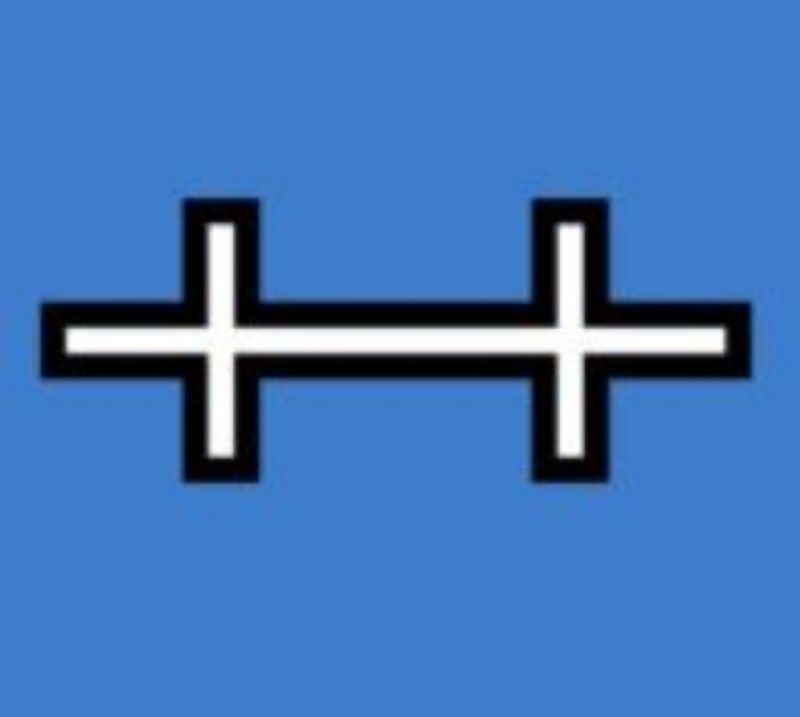
Take-off and landing in the direction of the shaft of the T
Direction of take-off and landing are not necessarily the same
Gliding in progress
All ground movement of aeroplanes and gliders is confined to paved or hard surfaces
Take-off and landing by aeroplanes and gliders must take place on the runway, but ground movement is not confined to paved or hard surfaces
Helicopters may only land or take off within the designated area
Right hand circuit in force
Left hand circuit in force
Care should be taken due to the condition of the manoeuvring areas
Land in emergency only
Landing is prohibited
Light aircraft may take off and land either on the runway or the designated area
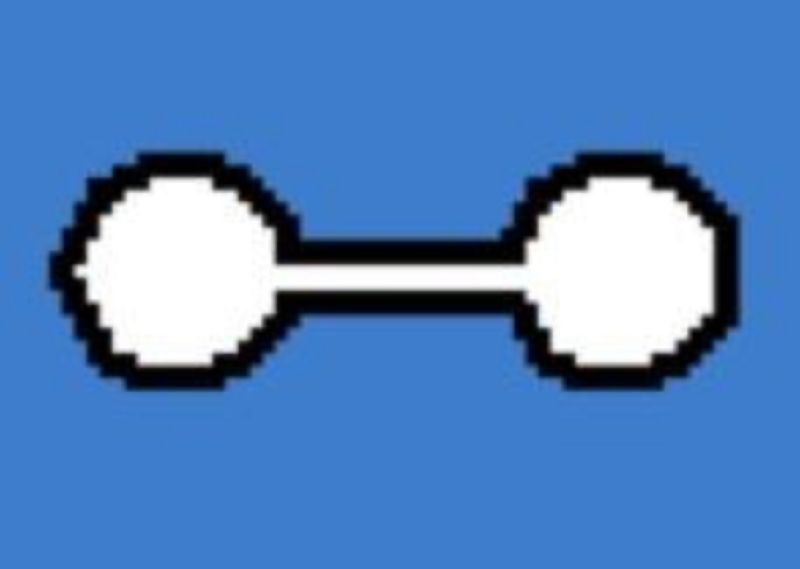
Take-off and landing in the direction of the shaft of the T
Direction of take-off and landing are not necessarily the same
Gliding in progress
All ground movement of aeroplanes and gliders is confined to paved or hard surfaces
Take-off and landing by aeroplanes and gliders must take place on the runway, but ground movement is not confined to paved or hard surfaces
Helicopters may only land or take off within the designated area
Right hand circuit in force
Left hand circuit in force
Care should be taken due to the condition of the manoeuvring areas
Land in emergency only
Landing is prohibited
Light aircraft may take off and land either on the runway or the designated area
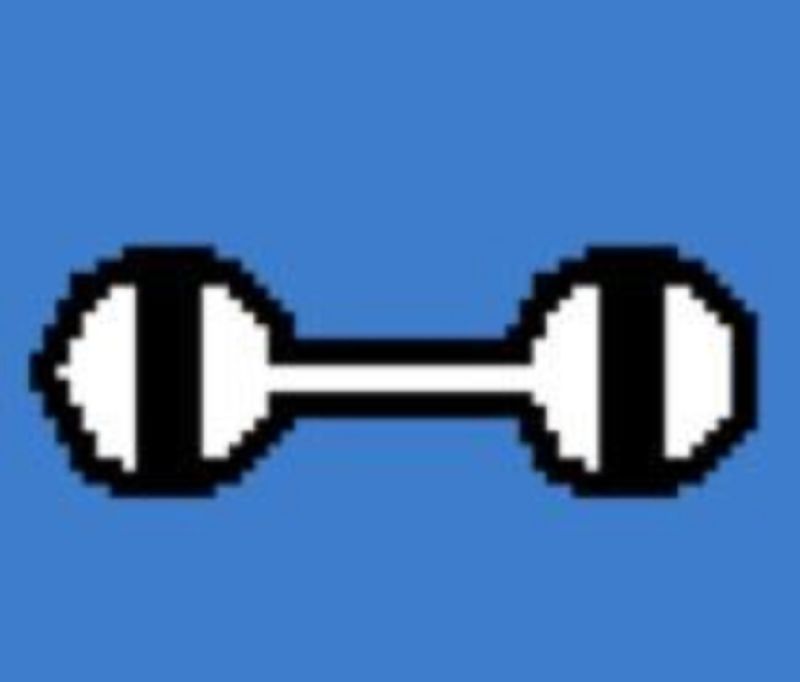
Take-off and landing in the direction of the shaft of the T
Direction of take-off and landing are not necessarily the same
Gliding in progress
All ground movement of aeroplanes and gliders is confined to paved or hard surfaces
Take-off and landing by aeroplanes and gliders must take place on the runway, but ground movement is not confined to paved or hard surfaces
Helicopters may only land or take off within the designated area
Right hand circuit in force
Left hand circuit in force
Care should be taken due to the condition of the manoeuvring areas
Land in emergency only
Landing is prohibited
Light aircraft may take off and land either on the runway or the designated area

Take-off and landing in the direction of the shaft of the T
Direction of take-off and landing are not necessarily the same
Gliding in progress
All ground movement of aeroplanes and gliders is confined to paved or hard surfaces
Take-off and landing by aeroplanes and gliders must take place on the runway, but ground movement is not confined to paved or hard surfaces
Helicopters may only land or take off within the designated area
Right hand circuit in force
Left hand circuit in force
Care should be taken due to the condition of the manoeuvring areas
Land in emergency only
Landing is prohibited
Light aircraft may take off and land either on the runway or the designated area
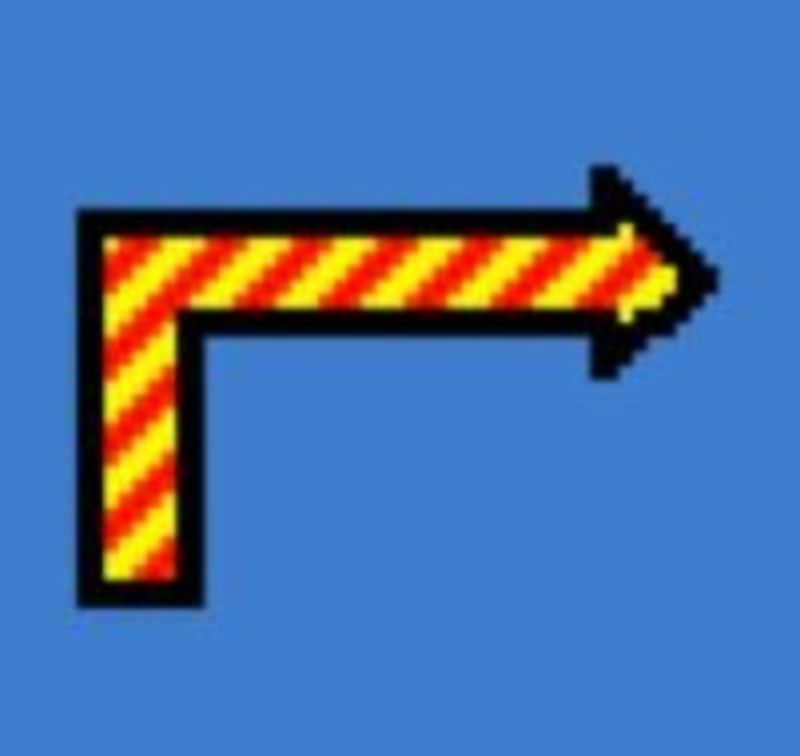
Take-off and landing in the direction of the shaft of the T
Direction of take-off and landing are not necessarily the same
Gliding in progress
All ground movement of aeroplanes and gliders is confined to paved or hard surfaces
Take-off and landing by aeroplanes and gliders must take place on the runway, but ground movement is not confined to paved or hard surfaces
Helicopters may only land or take off within the designated area
Right hand circuit in force
Left hand circuit in force
Care should be taken due to the condition of the manoeuvring areas
Land in emergency only
Landing is prohibited
Light aircraft may take off and land either on the runway or the designated area
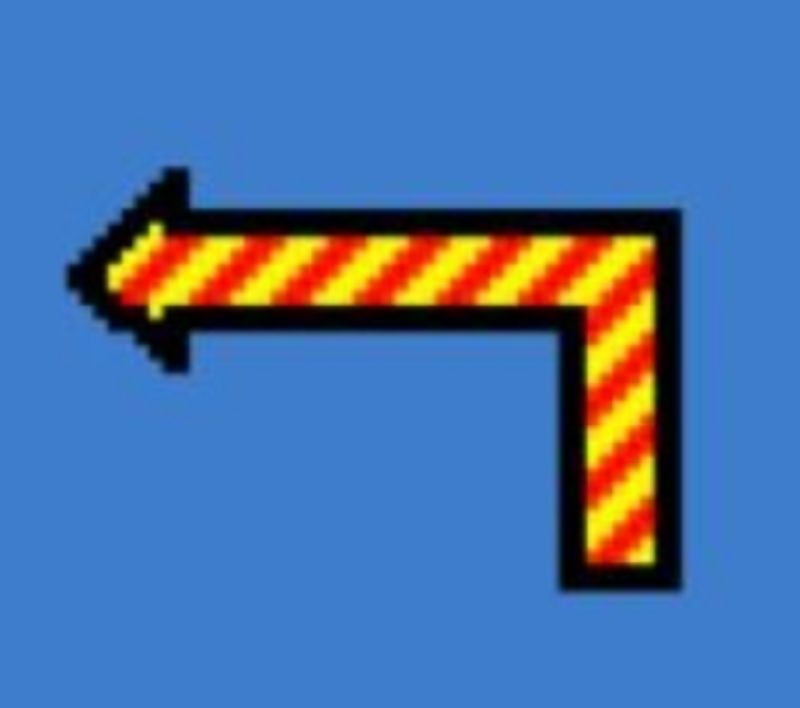
Take-off and landing in the direction of the shaft of the T
Direction of take-off and landing are not necessarily the same
Gliding in progress
All ground movement of aeroplanes and gliders is confined to paved or hard surfaces
Take-off and landing by aeroplanes and gliders must take place on the runway, but ground movement is not confined to paved or hard surfaces
Helicopters may only land or take off within the designated area
Right hand circuit in force
Left hand circuit in force
Care should be taken due to the condition of the manoeuvring areas
Land in emergency only
Landing is prohibited
Light aircraft may take off and land either on the runway or the designated area

Take-off and landing in the direction of the shaft of the T
Direction of take-off and landing are not necessarily the same
Gliding in progress
All ground movement of aeroplanes and gliders is confined to paved or hard surfaces
Take-off and landing by aeroplanes and gliders must take place on the runway, but ground movement is not confined to paved or hard surfaces
Helicopters may only land or take off within the designated area
Right hand circuit in force
Left hand circuit in force
Care should be taken due to the condition of the manoeuvring areas
Land in emergency only
Landing is prohibited
Light aircraft may take off and land either on the runway or the designated area

Take-off and landing in the direction of the shaft of the T
Direction of take-off and landing are not necessarily the same
Gliding in progress
All ground movement of aeroplanes and gliders is confined to paved or hard surfaces
Take-off and landing by aeroplanes and gliders must take place on the runway, but ground movement is not confined to paved or hard surfaces
Helicopters may only land or take off within the designated area
Right hand circuit in force
Left hand circuit in force
Care should be taken due to the condition of the manoeuvring areas
Land in emergency only
Landing is prohibited
Light aircraft may take off and land either on the runway or the designated area
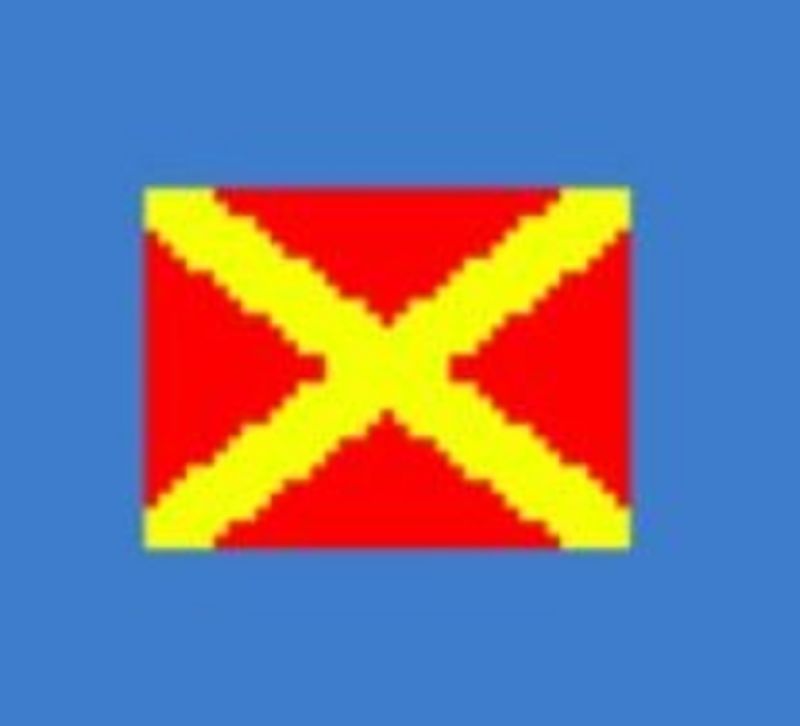
Take-off and landing in the direction of the shaft of the T
Direction of take-off and landing are not necessarily the same
Gliding in progress
All ground movement of aeroplanes and gliders is confined to paved or hard surfaces
Take-off and landing by aeroplanes and gliders must take place on the runway, but ground movement is not confined to paved or hard surfaces
Helicopters may only land or take off within the designated area
Right hand circuit in force
Left hand circuit in force
Care should be taken due to the condition of the manoeuvring areas
Land in emergency only
Landing is prohibited
Light aircraft may take off and land either on the runway or the designated area
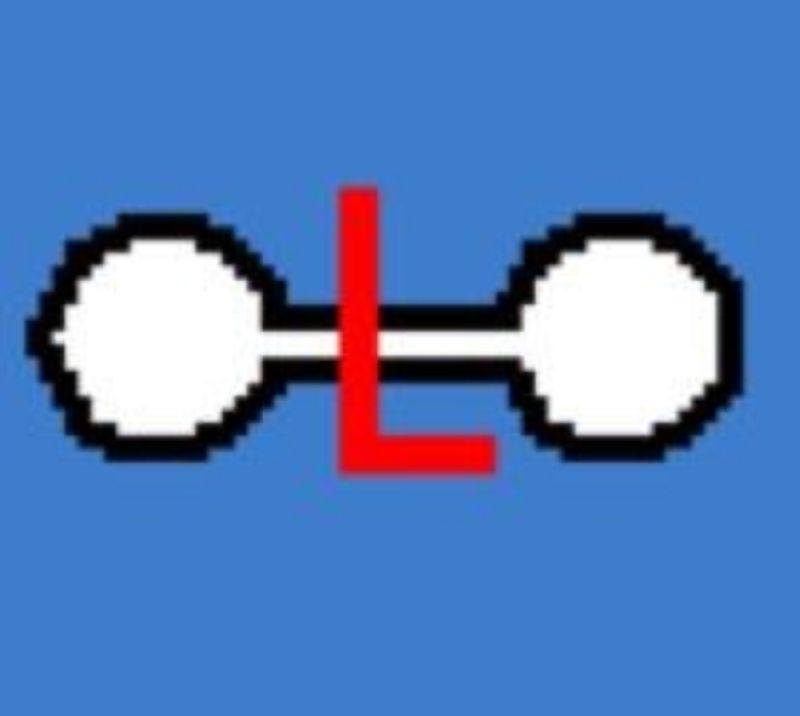
Take-off and landing in the direction of the shaft of the T
Direction of take-off and landing are not necessarily the same
Gliding in progress
All ground movement of aeroplanes and gliders is confined to paved or hard surfaces
Take-off and landing by aeroplanes and gliders must take place on the runway, but ground movement is not confined to paved or hard surfaces
Helicopters may only land or take off within the designated area
Right hand circuit in force
Left hand circuit in force
Care should be taken due to the condition of the manoeuvring areas
Land in emergency only
Landing is prohibited
Light aircraft may take off and land either on the runway or the designated area
{"name":"Signals Squares", "url":"https://www.quiz-maker.com/QPREVIEW","txt":"Test your knowledge of aviation signals with this engaging and informative quiz! Designed for aviation enthusiasts, students, and professionals, this quiz will challenge your understanding of crucial signals used in aviation communications.Key Features:12 multiple-choice questionsInstant feedback on questionsEnhance your aviation knowledge","img":"https:/images/course2.png"}
More Quizzes
HPE IOM
36180
Aviation Systems Knowledge Quiz
2412156
US Political Party Quiz
301522
Imperialism
1050
Finish the Phrase - Free Word Trivia Online
201019165
Favorite NFL Team - Find Your Best Match
201018360
Preposition: Fill in the Blanks - Free Grammar Practice
201020370
Superior Aspect of the Small Bowel - GI NCLEX
201019426
What Owl Are You? - Discover Your Spirit Guide
201017119
Bridge Questions and Answers - Free Trivia
201016935
Toxic Trait: Discover Your Most Harmful Habit - Free
201017057
What Colour Describes Me? Free Personality
201018436